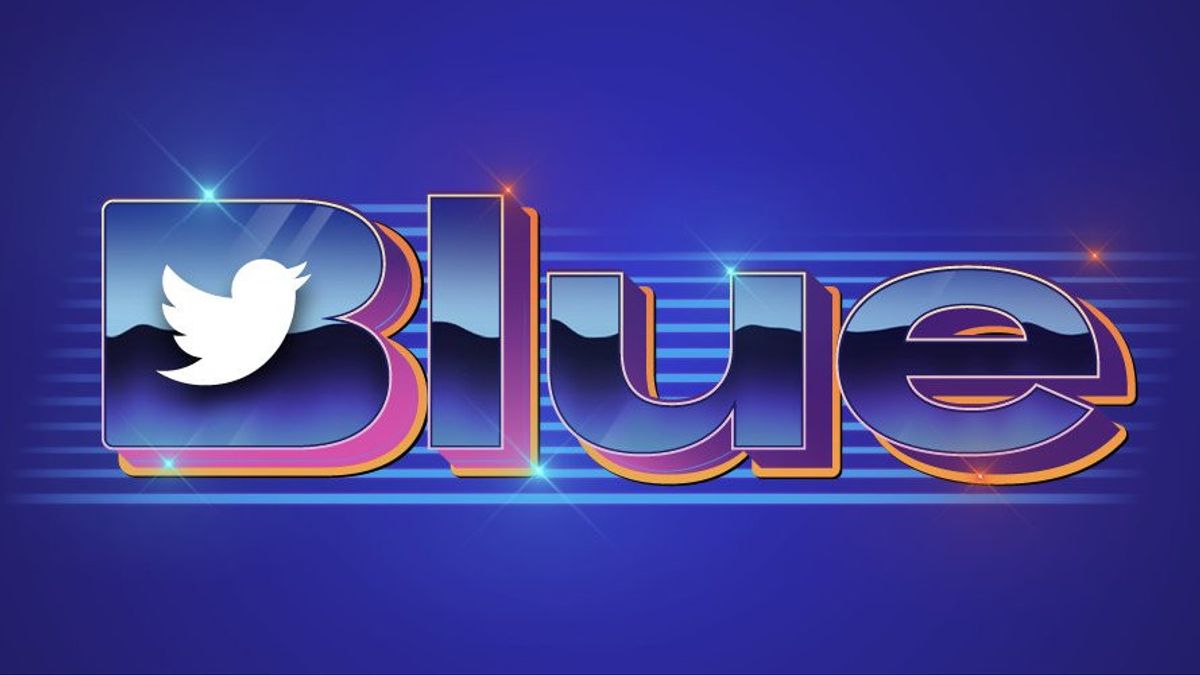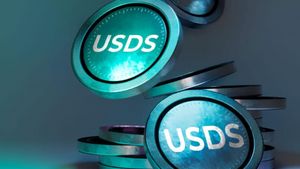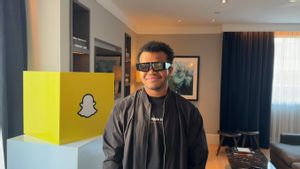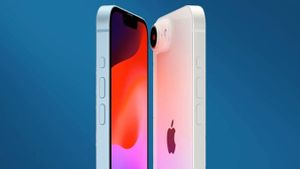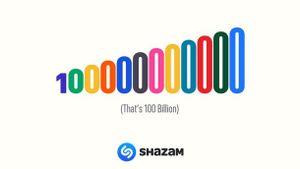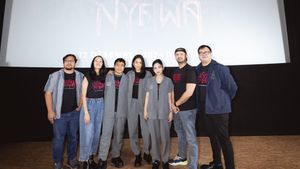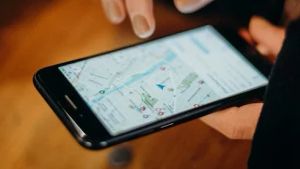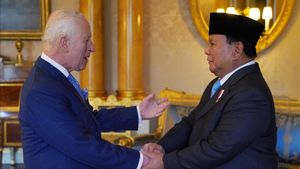JAKARTA - Twitter provides concessions for 500 advertisers who spend the most ad fees on the platform and 10,000 organizations with the most followers. This means that Twitter provides shortcuts for these companies to maintain their verification status without having to pay $1,000 (IDR 15.1 million) every month.
The policy was launched ahead of major changes Twitter will make regarding account verification. In April, Twitter will discontinue its old account verification program and introduce a new program called Twitter Verification for Organizations. This program allows companies willing to pay $1,000 per month to maintain verification status and also flag an "terability." account.
For example, a media like The Verge can verify journalists who work there, proving that people who contact for interviews really work there. However, Vox Media is currently not planning to do so. Companies can also use this program to verify affiliated accounts. Currently, Twitter is doing this with Support and Blue Twitter accounts.
However, this program is not cheap. In addition to paying $1,000 per month for Verification for Organizations, the company also has to pay $50 per month for each affiliated account. This price can be very expensive if collected.
However, Twitter provides shortcuts for advertisers and large organizations to get the program for free. This helps to avoid concerns that a sharp price increase for account verification will have a major impact on the Twitter community.
People who use Twitter as a source of information want to know that the accounts they follow are verified accounts. With this concession, advertisers and large organizations will not lose their verification status even if they don't pay 12,000 US dollars a year to Twitter.
However, this policy could make it more difficult for new companies to build audiences on the platform. They have to compete with verified brands and have to pay $1,000 each month to get verification status.
Brands are one of the most vulnerable to identity fraud, as can be seen from the wave of fake accounts that emerged when the Twitter Blue verification first launched, allowing people to buy blue ticks.
Twitter has put some barriers to keeping this from happening again. If someone changes a profile photo, display name, or @ handle, they will temporarily lose a blue tick until Twitter reviews their profiles to make sure they don't violate anti-impostor rules.
But when Twitter is about to clear the blue ticks of individual accounts and non-paying institutions for their verification features, this has the potential to trigger the emergence of fake accounts that look more official than real accounts. Many accounts have been known to have blue ticks next to their names, such as The New York Times, White House, or LeBron James.
If they choose not to pay for the feature, then it is likely that scammers and disruptors will create fake accounts that look more official than real accounts. However, for companies that Twitter wants to protect, it looks like it won't be a big problem.
The English, Chinese, Japanese, Arabic, and French versions are automatically generated by the AI. So there may still be inaccuracies in translating, please always see Indonesian as our main language. (system supported by DigitalSiber.id)
